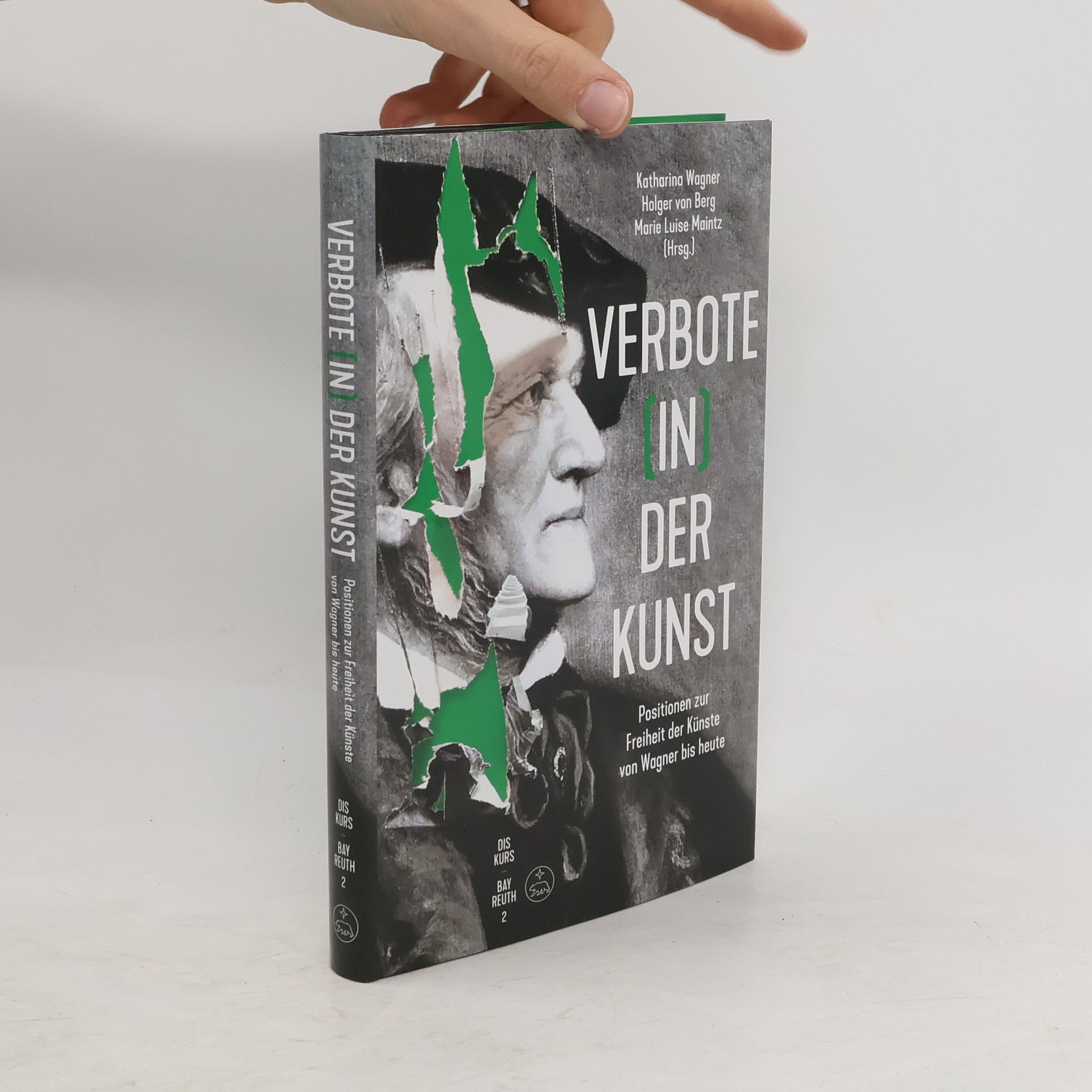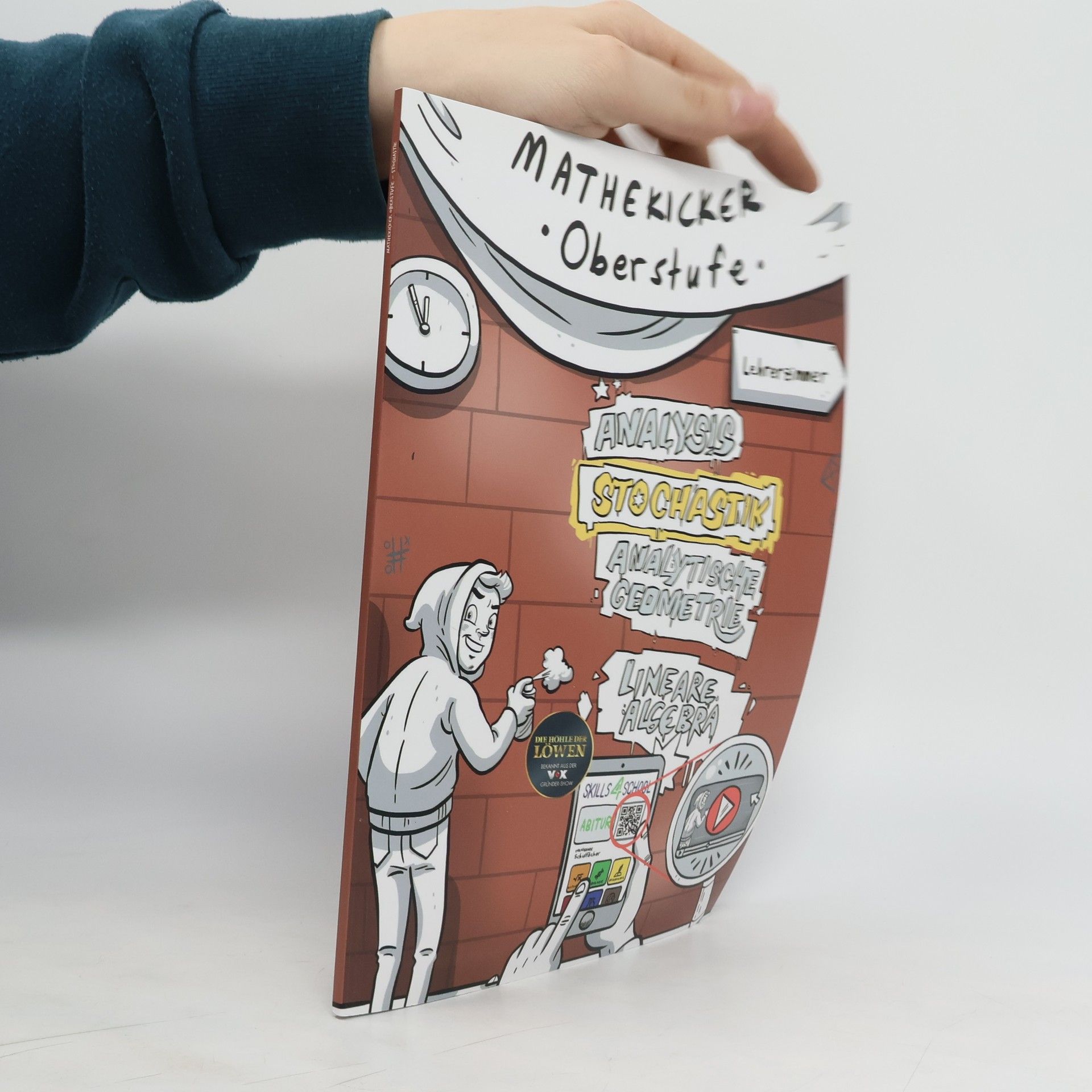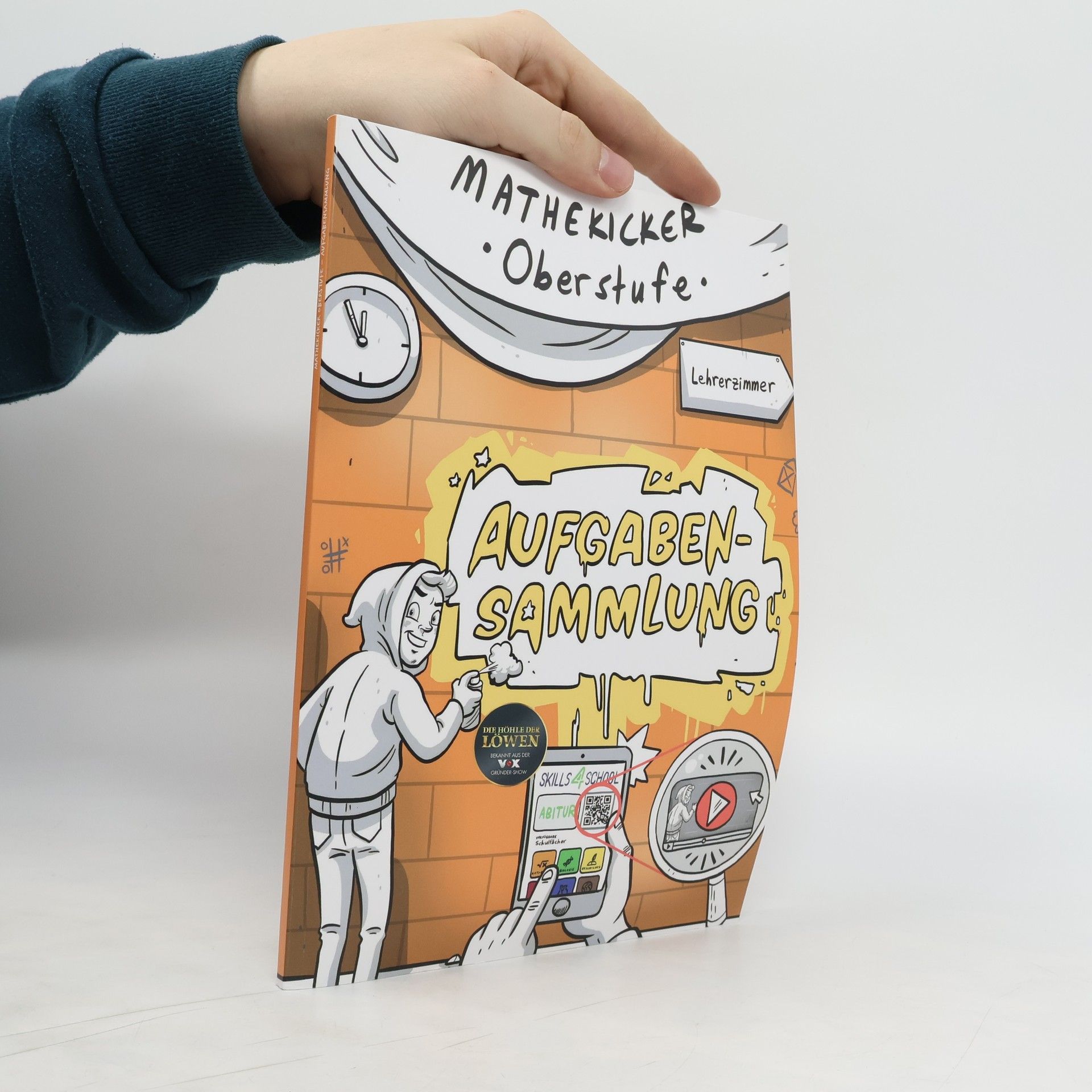Anna-Katharina Wagner Book order




- 2020
- 2020
"Was darf, kann, muss Interpretation - und was nicht? Wie verändern Inszenierungen die Sichtweisen auf Richard Wagner und auf die Geschichte? Richard Wagner definierte als bahnbrechender Neudenker des musikalischen Theaters das Verhältnis von Ton, Bild, Wort, Drama neu: Die Szene, die Inszenierung verwandelt das musikalische Werk und seine Wahrnehmung. Im dritten Band der Reihe „Diskurs Bayreuth" geht es um Wagner als Pionier neuartiger Darstellungsweisen. Als „Szenen-Macher" stehen Regisseure, Dirigenten, Interpreten im Zentrum des Buches. Insbesondere die Festspielleiter aus der Frühzeit der Wagner-Interpretation, erscheinen zuweilen in neuem Licht: Cosima, Siegfried und Winifred Wagner. Heinz Tietjens Arbeit als Regisseur wird genauer porträtiert. Stephan Mösch beleuchtet die Vorgeschichte des „Jahrhundert-Rings" von Patrice Chéreau und Pierre Boulez anhand erstmals ausgewerteter Festspielakten ganz neu. Der thematische Bogen spannt sich bis zur Gegenwart: Auch die Protagonisten der neuesten Wagner-Regie liefern spannende Beiträge: Valentin Schwarz, der Regisseur des nun für 2022 geplanten neuen „Rings", und Tobias Kratzer, der „Tannhäuser"-Regisseur 2019"--Publisher's description
- 2019
Verbote (in) der Kunst
Positionen zur Freiheit der Künste von Wagner bis heute
- 189 pages
- 7 hours of reading
Was ist erlaubt in der Kunst? Wo liegen die Grenzen der künstlerischen Freiheit? Wie gehen Künstler heute mit Tabus um? Welche Rolle spielten Verbote und Zensur bei der Wagner-Rezeption in und nach der NS-Zeit, im stalinistischen Russland, in der Geschichte der Oper? In diesem Band erörtern prominente Persönlichkeiten aus Kunst und Medien, Wissenschaft und Politik aktuelle Fragen und historische Fälle. Es diskutieren: die Schriftsteller Thea Dorn und Feridun Zaimoglu über Provokation in Literatur und Musik der Dichter Eugen Gomringer und der Historiker Lucian Hölscher über Political Correctness und die Diskussionen um das Gedicht „ciudad (avenidas)“ auf der Fassade der Alice-Salomon-Hochschule der ehemalige Bundesinnenminister Gerhart Baum und die Komponistin Charlotte Seither über die Kunstfreiheit im Grundgesetz und die Kunstförderung die Musik- und Kulturwissenschaftler Hans Vaget, Ute Frevert, Detlef Brandenburg und Bernd Feuchtner über Denkverbote und Frageverbote in der Wagner-Rezeption und politische Verstrickungen in der Oper und der Komponist Klaus Lang, der Regisseur Paul Esterhazy und die Journalistinnen Eleonore Büning und Lydia Jeschke über Freiheit und Begrenzung in der alten und neuen Musik Die Herausgeber Die Leitung der Bayreuther Festspiele, Katharina Wagner und Holger von Berg, zusammen mit der Kuratorin der Programmreihe „Diskurs Bayreuth“, Marie Luise Maintz.